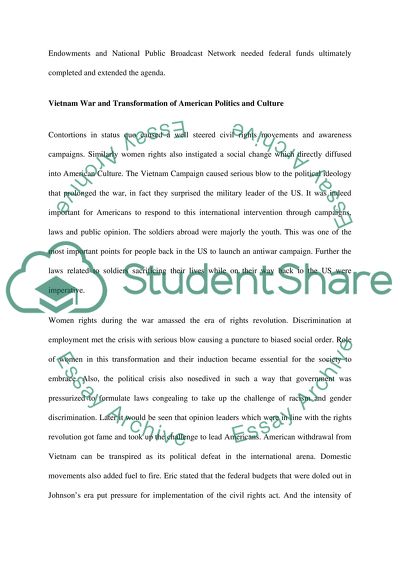Cite this document
(“Purposes and strategies of Johnson's Great Society program Essay”, n.d.)
Retrieved de https://studentshare.org/history/1655361-book-essay
Retrieved de https://studentshare.org/history/1655361-book-essay
(Purposes and Strategies of Johnson'S Great Society Program Essay)
https://studentshare.org/history/1655361-book-essay.
https://studentshare.org/history/1655361-book-essay.
“Purposes and Strategies of Johnson'S Great Society Program Essay”, n.d. https://studentshare.org/history/1655361-book-essay.


